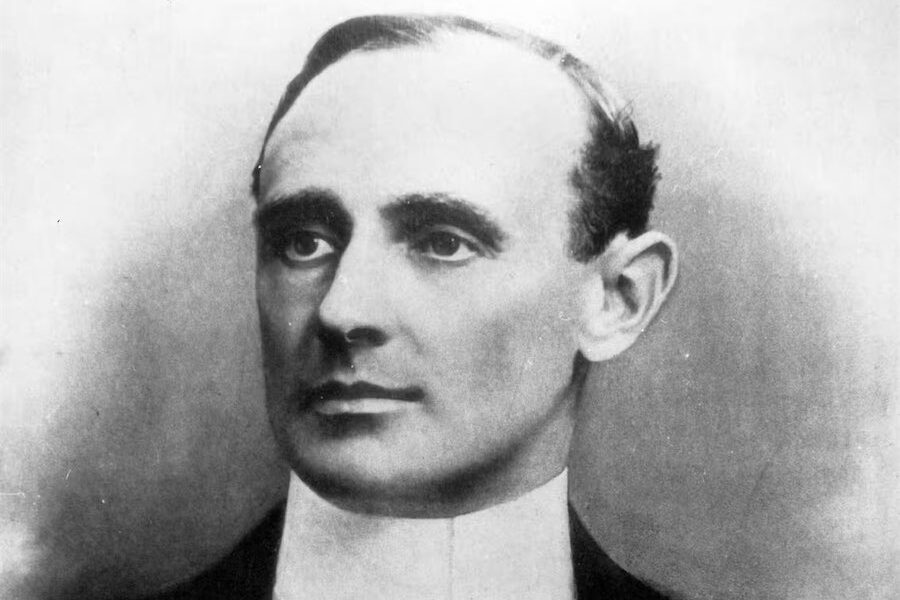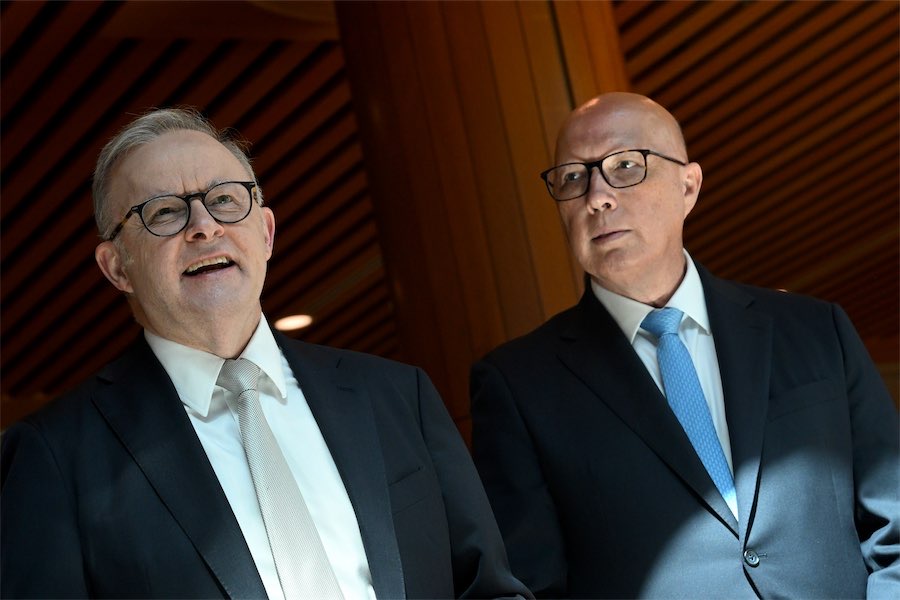
“With just weeks before the next election it is now-or-never for so many candidates,” says columnist ANDREW HUGHES, who this week looks at the all-important media strategies.
Communication strategies are so critical to winning office. It’s not just about online or offline, it is what is the most effective way to reach the electorate in a way that they will understand, respect and remember.

With just weeks before the next election it is now-or-never for so many. So let’s look at who is doing good, average and dogwater (thanks to Mr12 for this rating-scale term).
Labor, comms score: 70 per cent
The Good: Labor are minimising Andrew Barr in the media to only what is necessary, implicitly recognising that while in the inner-urban areas he still has decent appeal, but in the suburban areas not so much. Another plus to emerge from this is using the team to spread risk, and present diversification and unity. So Yvette Berry, Christ Steel, Tara Cheyne and Rachel Stephen-Smith are all getting gigs. It also helps support the narrative of stability, effectiveness and good government. The daily pressers are also to the Labor playbook in the final eight weeks before an election.
The use of media with this has been smart as well as it provides credibility and saves on advertising costs.
The Average: The plastic rage at the Greens. You govern with them and the left faction is in your own party. So there is a need to stop pretending on that. Then the announcements just done with the points above in mind, which may have worked well last time but this time seem just a bit too manufactured. I’m looking at you Tuggeranong, and the $20 million announcement.
The Dogwater: As with Labor campaigns, those not in the Assembly are reduced to flyers in the letterbox engagement. The lack of grassroots engagement by the entire team, and not just the chosen few, is noticeable. Some have done the odd meet-and-greet but by and large those out of the Assembly seem just to be making up the numbers. Heavy focus on the inner-urban areas needs to have a pause for a bit.
Liberals, comms score: 65 per cent
The Good: Elizabeth Lee is a good and popular leader in many parts of Canberra. She has some solid policies and presents as a viable alternative chief minister. Definitely works well with the media. Her deputy, Leanne Castley, combines well with her and allows the leader the space to work into different issues. Others, like Hanson, do relationship building well in their electorates.
The Average: Comms on announcements have been good, nice spread on traditional and social media, with easy content for media outlets to cut and paste into programs. But the announcements themselves seem to be hit and miss for timing. They seem to be using a banana strategy – we get a bunch all at once then nothing for a while.
The Dogwater: Unlike Labor, they lack the team unity approach. This hurts the consistency and impact of messaging and candidates. Social media could be more regular and stronger, including the website. The lack of candidates on the ground, even those elected, is just not up to standard in 2024. Some do bring honour to the blue brand though, so there is potential.
Greens, comms score: 60 per cent
The Good: With roots in the street-level activist movements they should be good at the ground game. And they tend to be. Rattenbury’s appeal is good with the Gen X and over, so there’s that as well. Messaging is strategic and on brand, with segments targeted explicitly for deeper engagement and to remind the base of who they are.
The Average: The safe and predictable reliance on Rattenbury and Vassarotti. It has meant that the other Greens haven’t seen much light of media or content, and now they could be the victims of the indies. Yes good use of social media, but again it’s been more about safety in brand, less risk and fresh content activist movements bring to the political comms game.
The Dogwater: The fake rage at Labor over policies they actually helped implement as part of the government. Hurts the rest of their messaging, and even the hard left in the party expected more action and less talk. Little engagement with the south means they appear exclusive and focused only on areas such as Braddon, weakening impact in other parts of Canberra where they need to be stronger in to claim those fifth seats.
The indies, comms score: 75 per cent
The Good: Nice campaign events and launches, early to maximise the space they have away from the campaign itself. Good candidate selection, decent ground game and the digital is for the main good. They have used the media well, and handled the tough questions on support if elected usually quite well. Will likely push for the fifth seat in all electorates.
The Average: Deciding to first be sole independents, then realising that they needed to be a party to stand any chance of winning a gig has meant that the messaging has been fragmented of late. This could open the door to cannibalisation of the indie vote with each other, rather than taking it away from the three elected parties. Comms in the last couple of months has been like the Libs and followed the banana strategy.
The Dogwater: Realising that they need leaders for resonance on messaging means they have started late. Not going hard enough in comms and pressers has also hurt, and for some the ground game has gone into mute mode. Social and digital media needs to be fresher to support clear differentiation, especially from other indies and the Greens who they need to target for those final seats in the Assembly.
Who can be trusted?
In a world of spin and confusion, there’s never been a more important time to support independent journalism in Canberra.
If you trust our work online and want to enforce the power of independent voices, I invite you to make a small contribution.
Every dollar of support is invested back into our journalism to help keep citynews.com.au strong and free.
Thank you,
Ian Meikle, editor





Leave a Reply